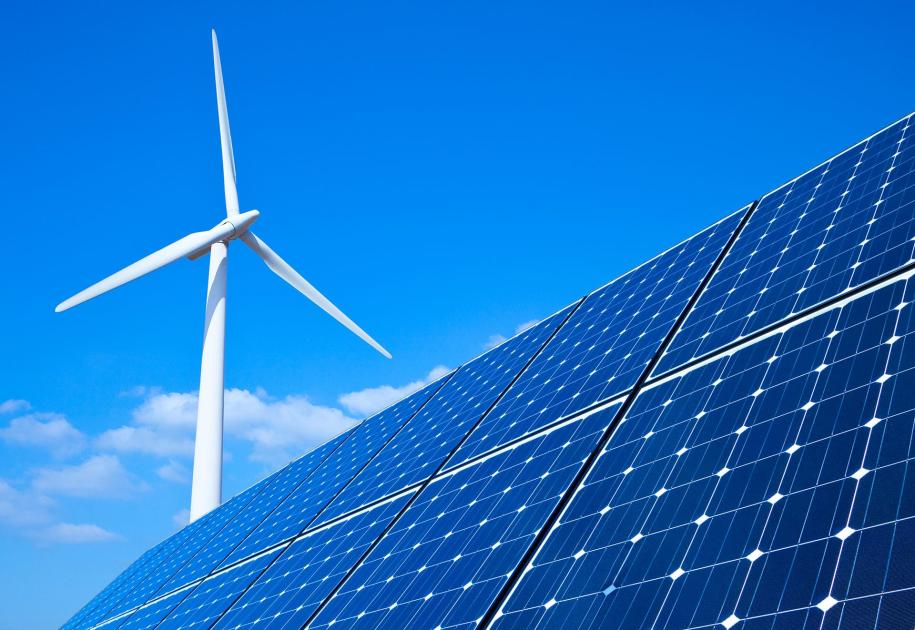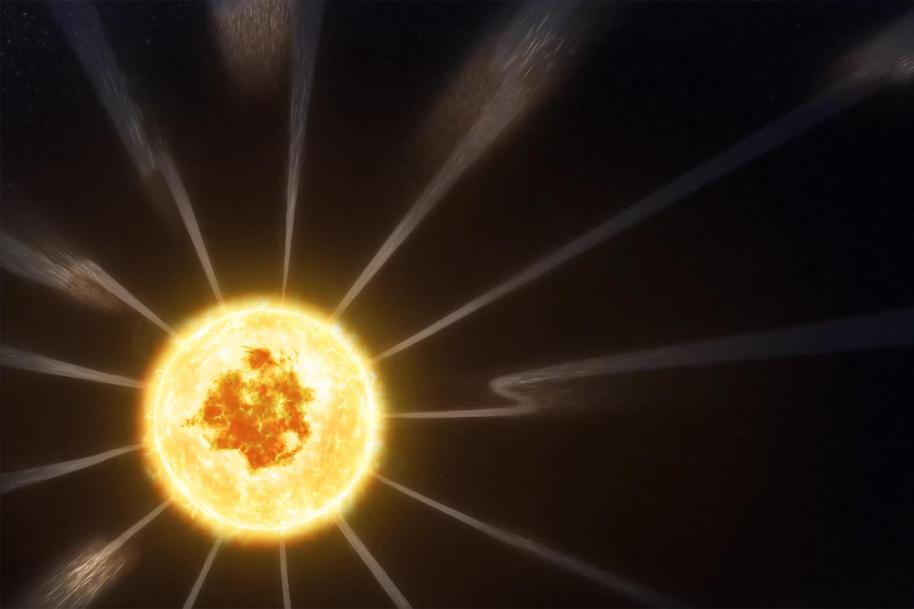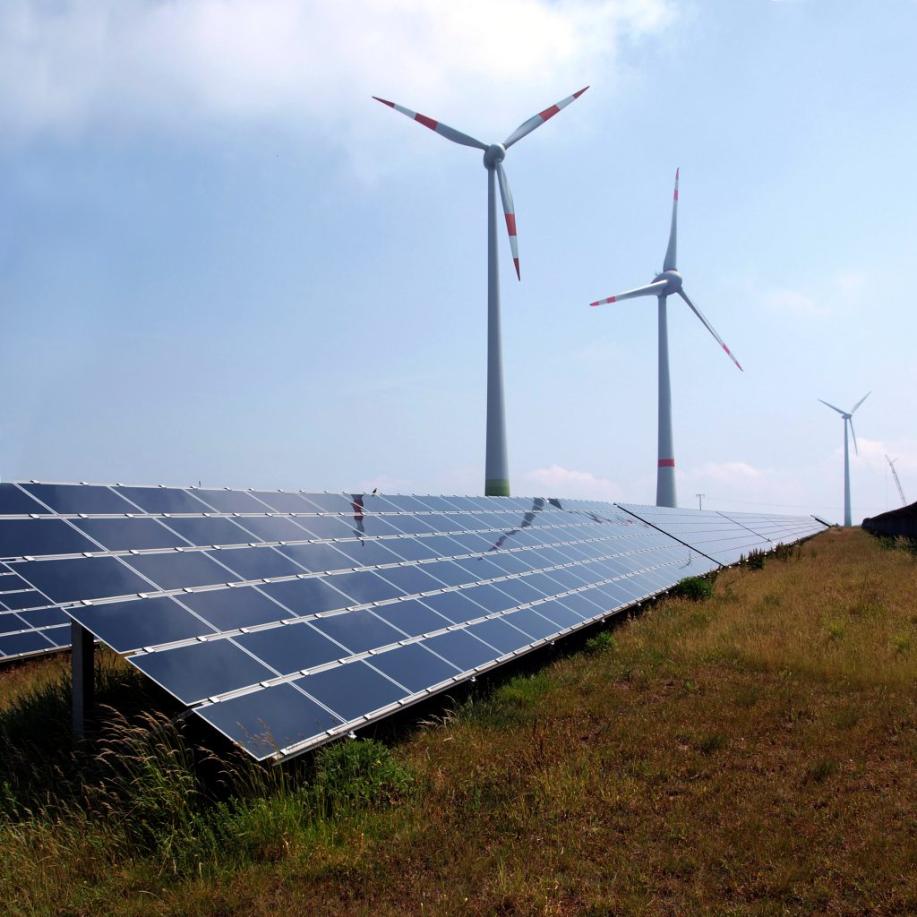How Do Solar Flares Affect the Northern Lights?
The Northern Lights, also known as Aurora Borealis, are a captivating natural phenomenon that has mesmerized people for centuries. These celestial displays are caused by the interaction between charged particles from the sun and Earth's magnetic field. Solar flares, sudden bursts of energy from the sun, play a significant role in enhancing and shaping the Northern Lights.

Understanding Solar Flares
What Are Solar Flares?
Solar flares are intense bursts of energy that erupt from the sun's atmosphere. They are caused by the sudden release of magnetic energy stored in the sun's corona, the outermost layer of the sun's atmosphere. Solar flares can range in size from small, localized events to massive eruptions that span millions of kilometers.
Causes And Characteristics Of Solar Flares
- Solar flares are triggered by the interaction of magnetic fields in the sun's corona.
- The sudden release of magnetic energy results in a rapid heating of the plasma in the corona, causing it to emit intense radiation across the electromagnetic spectrum.
- Solar flares can last from a few minutes to several hours, and they can release enormous amounts of energy, equivalent to billions of nuclear bombs.
Types Of Solar Flares
Solar flares are classified based on their intensity and the amount of energy they release. The main types of solar flares include:
- A-class flares: These are the weakest type of solar flares and typically do not have a significant impact on Earth's magnetosphere or the Northern Lights.
- B-class flares: These are moderate-sized solar flares that can cause minor disturbances in Earth's magnetic field and may lead to weak auroral displays.
- C-class flares: These are strong solar flares that can cause significant disturbances in Earth's magnetic field and produce bright and vibrant auroral displays.
- M-class flares: These are major solar flares that can cause severe disruptions to Earth's magnetic field and trigger intense auroral displays visible at lower latitudes.
- X-class flares: These are the most powerful type of solar flares and can have profound effects on Earth's magnetic field and the Northern Lights. X-class flares can cause widespread disruptions to communication and power systems and produce spectacular auroral displays visible even in tropical regions.
The Connection Between Solar Flares And The Northern Lights
How Solar Flares Influence The Northern Lights
Solar flares release vast amounts of charged particles, including protons and electrons, into the solar wind. These charged particles travel through space and interact with Earth's magnetic field. The magnetic field lines guide the particles towards the Earth's poles, where they collide with atoms and molecules in the atmosphere, causing them to emit light. This phenomenon is what produces the colorful displays of the Northern Lights.
Impact Of Solar Flares On The Northern Lights
- Intensity: Solar flares can significantly intensify the Northern Lights. During periods of intense solar activity, the auroral displays can become brighter, more vibrant, and visible from a wider range of locations.
- Frequency and Duration: Solar flares can increase the frequency and duration of the Northern Lights. During periods of high solar activity, auroral displays may occur more frequently and last for longer periods of time.
- Geographic Visibility: Solar flares can make the Northern Lights visible at lower latitudes. Typically, the Northern Lights are primarily visible in the high-latitude regions near the Arctic Circle. However, during periods of intense solar activity, the auroral displays can extend to lower latitudes, making them visible from areas that normally do not experience the Northern Lights.
Predicting Solar Flares And Their Impact On The Northern Lights
Methods For Predicting Solar Flares

Scientists use various methods to predict solar flares, including:
- Solar Imaging: By observing the sun's surface using specialized telescopes, scientists can identify regions of intense magnetic activity that are likely to produce solar flares.
- Magnetic Field Measurements: Monitoring the sun's magnetic field can provide clues about the likelihood of solar flares. Sudden changes in the magnetic field can indicate an impending flare.
- Radio Emissions: Solar flares emit radio waves that can be detected by radio telescopes. By analyzing these radio emissions, scientists can estimate the intensity and location of solar flares.
Challenges In Predicting Solar Flares
Predicting solar flares accurately remains a challenging task due to the complex and dynamic nature of the sun. Solar flares can occur suddenly and without much warning, making it difficult to provide precise forecasts.
Successful Predictions And Implications

Despite the challenges, scientists have made significant progress in predicting solar flares. Successful predictions have allowed researchers and enthusiasts to anticipate periods of intense auroral activity, enabling them to plan observations and photography expeditions.
Solar flares play a crucial role in shaping and enhancing the Northern Lights. By understanding the connection between solar flares and the Northern Lights, we can better appreciate the dynamic nature of our solar system and the captivating beauty of this natural phenomenon.
As we continue to explore and study the sun, we will gain a deeper understanding of solar flares and their impact on Earth's magnetosphere and the Northern Lights. This knowledge will not only help us predict and appreciate these celestial displays but also contribute to our understanding of the complex interactions within our solar system.
YesNo

Leave a Reply